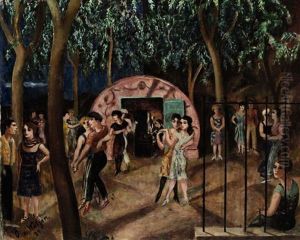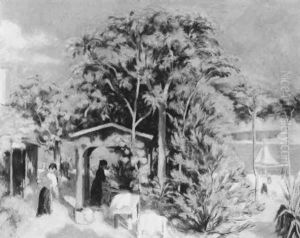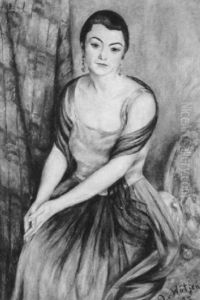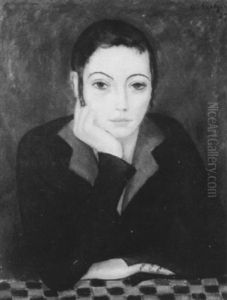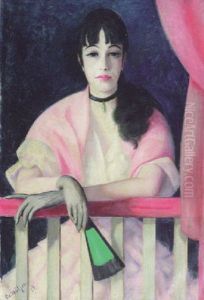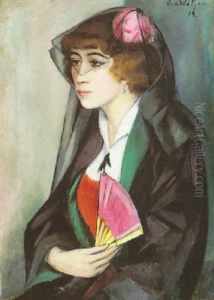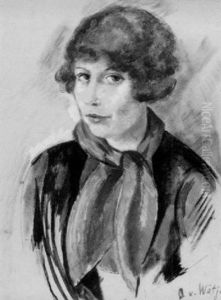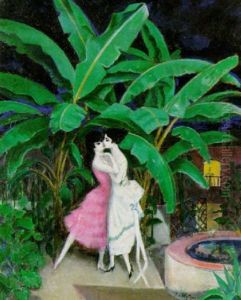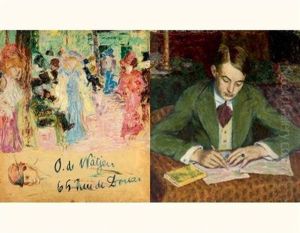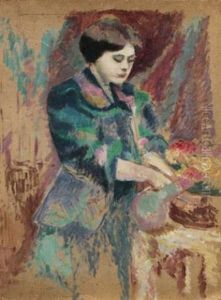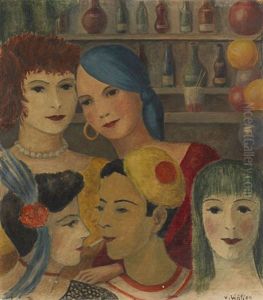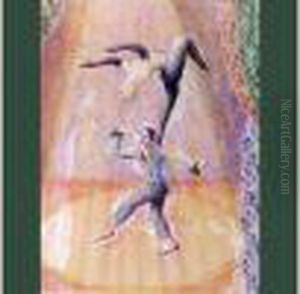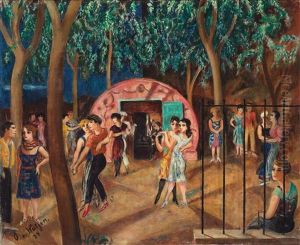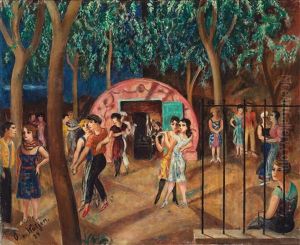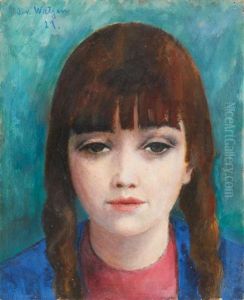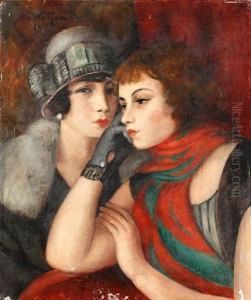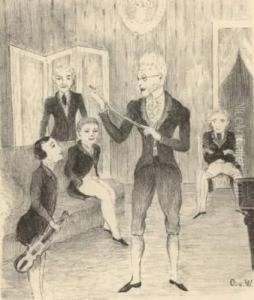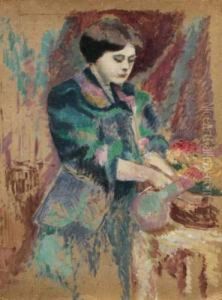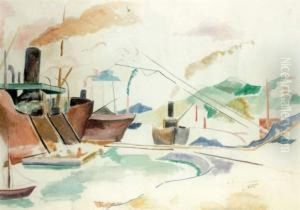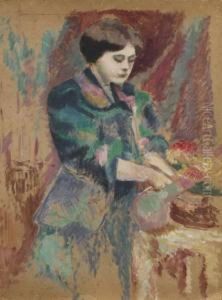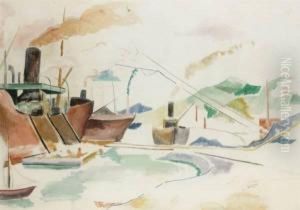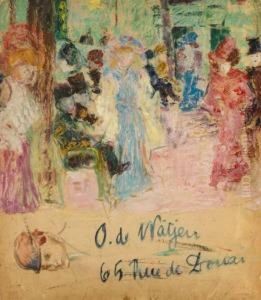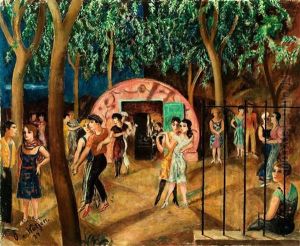Otto Von Waetjen Paintings
Otto von Waetjen was a German painter and artist, born in Bremen in 1879. His full name, Otto Friedrich Julius von Waetjen, underscores his noble heritage, which played a significant role in his artistic journey. Waetjen studied at the Düsseldorf Academy of Arts, where he was influenced by the Art Nouveau movement and the evolving styles of early 20th-century European art. His education and early career were marked by the broader cultural shifts of the time, including the impact of German Expressionism and the burgeoning avant-garde movements across Europe.
Waetjen's work is characterized by its vibrant colors, dynamic compositions, and often, an exploration of themes related to nature, mythology, and the human condition. After completing his studies in Düsseldorf, he traveled extensively, which greatly influenced his artistic style and thematic choices. His travels took him to Italy, where the Renaissance masters inspired him, and to Paris, where he was exposed to the works of the Impressionists and Post-Impressionists. These experiences enriched his palette and broadened his thematic repertoire, allowing him to develop a distinctive style that bridged traditional and contemporary artistic expressions.
In 1914, Otto von Waetjen relocated to Russia, and later to Finland, where he lived until his death in 1927. His time in Russia and Finland marked a significant period in his career, during which he produced many of his most celebrated works. This period was also reflective of the tumultuous times Europe was undergoing, including World War I and the Russian Revolution. Despite the challenges, Waetjen's art continued to evolve, and he became known for his ability to capture the emotional and spiritual undercurrents of his era.
Otto von Waetjen's contributions to art were cut short by his untimely death in Hanko, Finland, in 1927. Throughout his relatively brief career, he left a lasting impact on the art world with his unique blend of traditional and modernist elements, his exploration of color and form, and his sensitive portrayal of his subjects. Today, his works are held in various collections and museums, appreciated for their historical significance and artistic beauty.
